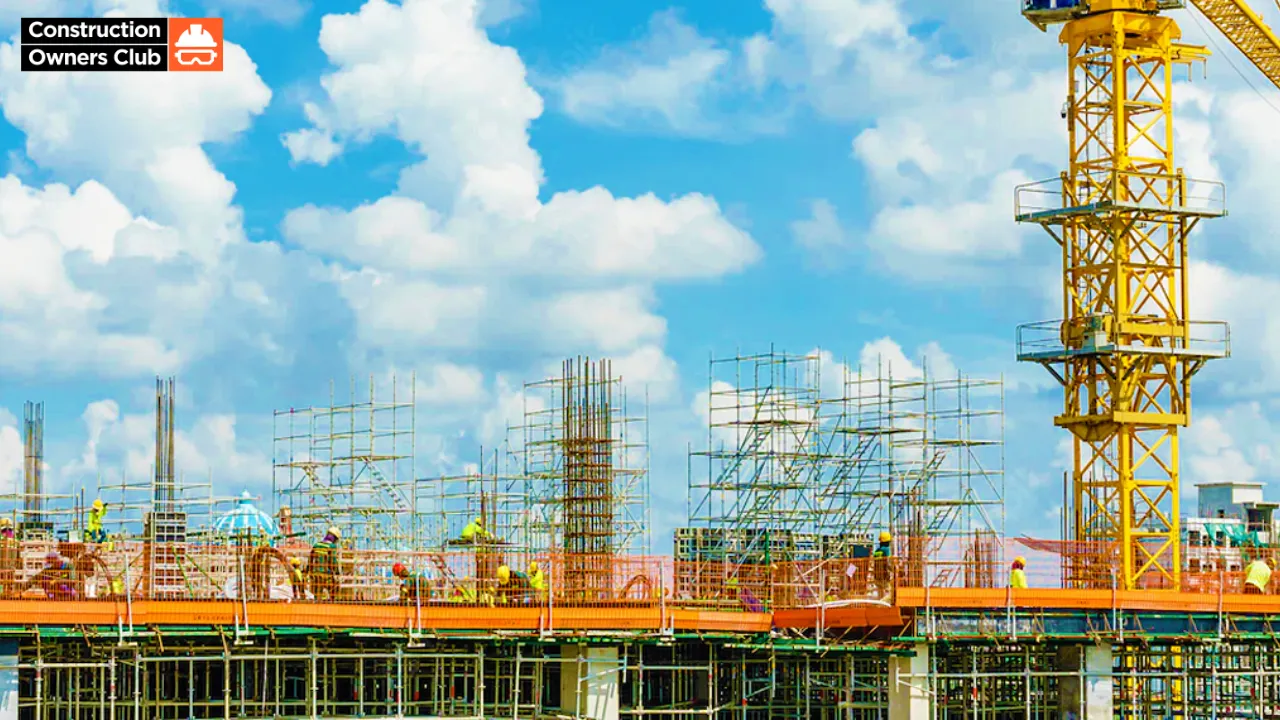
The construction industry, once a stalwart of economic growth, is facing unprecedented challenges. A perfect storm of factors, including the COVID-19 pandemic, supply chain disruptions, labor shortages, and escalating material costs, has tested the sector's resilience. As the industry navigates these turbulent waters, a critical question emerges: Can it weather the storm and emerge stronger, or is a prolonged period of consolidation and restructuring inevitable?
The construction industry has been battered by a series of interconnected crises. The COVID-19 pandemic brought projects to a standstill, leading to job losses and economic uncertainty. Supply chain disruptions exacerbated by geopolitical tensions created shortages of essential materials, driving up costs and delaying project completion. Labor shortages, particularly in skilled trades, further hampered productivity and inflated wages.
To compound these challenges, the global economy has experienced increased inflation, making it difficult for contractors to accurately estimate project costs and secure financing. These factors have combined to create a perfect storm that has eroded profit margins and forced many companies to operate at reduced capacity.
Despite these formidable challenges, the construction industry has demonstrated remarkable resilience. Many companies have implemented innovative strategies to mitigate risks and capitalize on emerging opportunities. These include:
While many companies are adapting to the new normal, the construction industry is likely to undergo a period of consolidation and restructuring. As smaller and less resilient firms struggle to survive, larger companies with greater financial resources and diversified portfolios may acquire them. This consolidation could lead to increased market concentration and reduced competition.
Moreover, the industry may experience a shift in project types. As governments and businesses prioritize sustainability and resilience, there will be growing demand for green buildings, infrastructure projects, and disaster-resistant structures. Companies that can adapt to these changing market dynamics will be better positioned for long-term success.
The construction industry is at a crossroads. While the challenges are significant, they also present opportunities for innovation and growth. By embracing digital technologies, investing in workforce development, and adopting sustainable practices, the industry can build a stronger foundation for the future.
Government support through infrastructure investments, tax incentives for green building, and streamlined permitting processes can also play a crucial role in helping the industry recover and thrive.
The ultimate success of the construction industry in weathering the storm will depend on its ability to adapt, innovate, and collaborate. By working together, industry stakeholders can navigate these turbulent waters and emerge stronger than ever before.
What specific strategies do you believe the construction industry should prioritize to overcome current challenges and achieve long-term sustainability?
Our library of marketing materials is tailored to help construction firms like yours. Use it to benchmark your performance, identify opportunities, stay up-to-date on trends, and make strategic business decisions.
Join Our Community